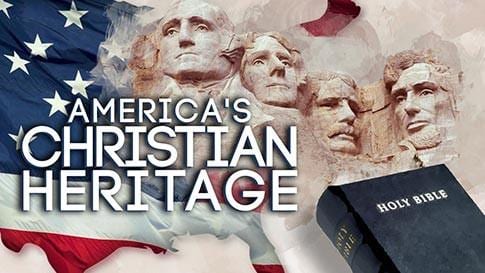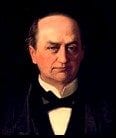Modern claims that America is not a Christian nation are rarely noticed or refuted today because of the nation’s widespread lack of knowledge about America’s history and foundation. To help provide the missing historical knowledge necessary to combat today’s post-modern revisionism, presented below will be some statements by previous presidents, legislatures, and courts (as well as by current national Jewish spokesmen) about America being a Christian nation. These declarations from all three branches of government are representative of scores of others and therefore comprise only the proverbial “tip of the iceberg.”
Contemporary critics who assert that America is not a Christian nation always refrain from offering any definition of what the term “Christian nation” means. So what is an accurate definition of that term as demonstrated by the American experience? Contrary to what critics imply, a Christian nation is not one in which all citizens are Christians, or the laws require everyone to adhere to Christian theology, or all leaders are Christians, or any other such superficial measurement. As Supreme Court Justice David Brewer (1837-1910) explained:
[I]n what sense can [America] be called a Christian nation? Not in the sense that Christianity is the established religion or that the people are in any manner compelled to support it. On the contrary, the Constitution specifically provides that “Congress shall make no law respecting an establishment of religion, or prohibiting the free exercise thereof.” Neither is it Christian in the sense that all its citizens are either in fact or name Christians. On the contrary, all religions have free scope within our borders. Numbers of our people profess other religions, and many reject all. Nor is it Christian in the sense that a profession of Christianity is a condition of holding office or otherwise engaging in public service, or essential to recognition either politically or socially. In fact, the government as a legal organization is independent of all religions. Nevertheless, we constantly speak of this republic as a Christian nation – in fact, as the leading Christian nation of the world. 1
Chronological History of America’s Christian Heritage
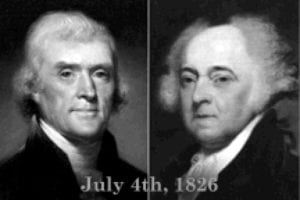
Thomas Jefferson and John Adams Die on the 50th Anniversary of the Signing of the Declaration of Independence, Fulfilling Dr. Benjamin Rush’s Prophesy
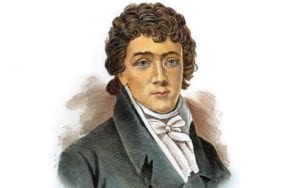
Francis Scott Key Penned the Poem, the ‘Star Spangled Banner’, Later to Become the National Anthem

The Battle of Lake Erie: The Capt. Oliver Hazard Perry Miracle

President James Madison 2nd Proclamation on Day of Public Humiliation and Prayer During the War of 1812
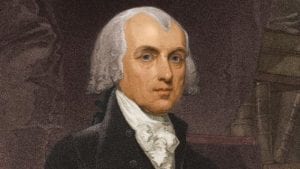
James Madison Proclamation of a Day of Humiliation and Prayer

Lewis and Clark Expedition Begins Voyage to the Pacific Coast

Thomas Jefferson sends his ‘Wall of Separation’ Danbury Letter: Did He Intend to Separate Church and State?
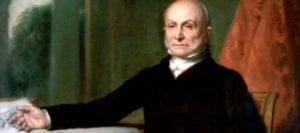
John Adams Issues a Proclamation for a National Day of Humiliation, Fasting, and Prayer for the Protection & Blessings of the Almighty God for the new Nation

St. Thomas African Episcopal Church is Officially Accepted as the First Black Episcopal Parish in the United States by Former Slave, Absalom Jones


